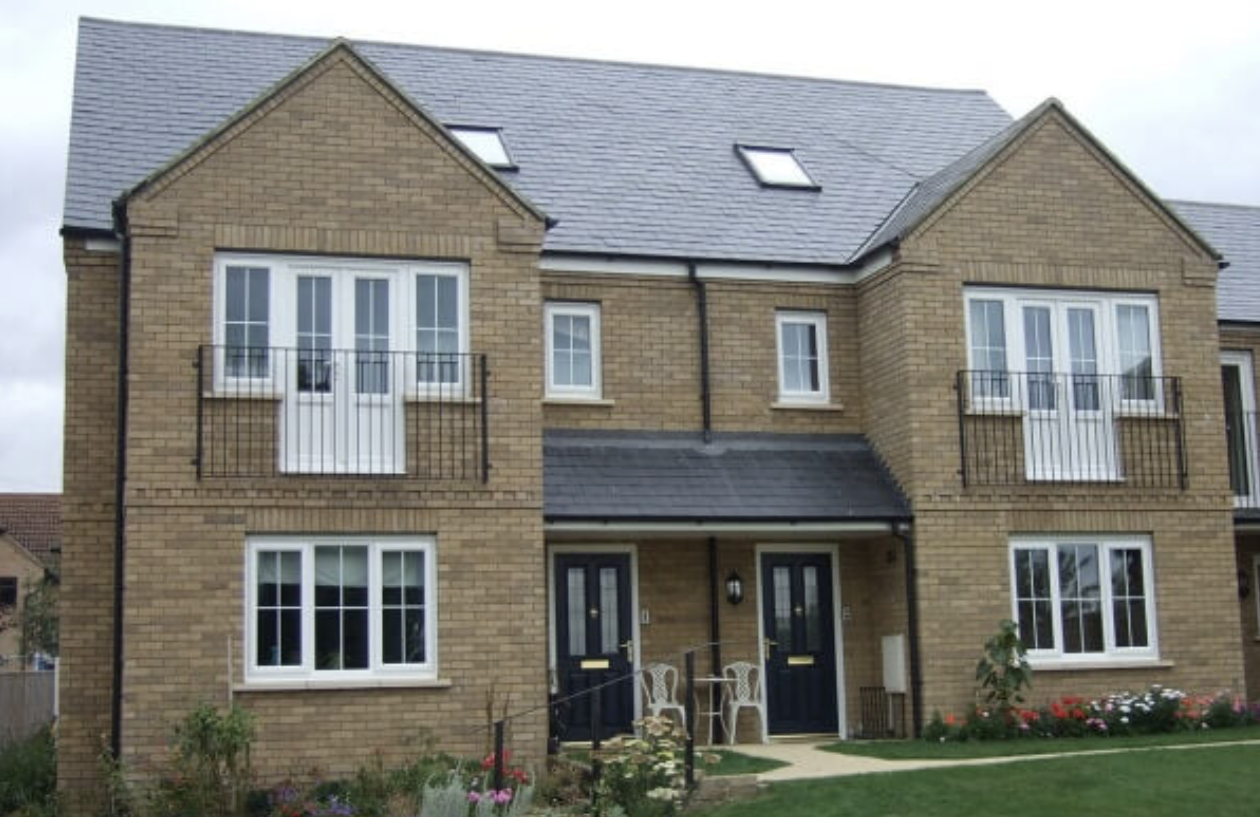Bricks have been a fundamental building material for centuries, known for their durability, strength, and versatility. In engineering, bricks are utilised in various applications, contributing to both the structural integrity and aesthetic appeal of constructions.
Here’s an in-depth look at the uses of bricks in engineering.
1. Building Construction
One of the primary uses of bricks in engineering is in building construction. Facing bricks are employed for constructing walls, floors, and partitions in residential, commercial, and industrial buildings.
Their uniform shape and size make them easy to work with, ensuring strong and stable structures.
- Load-Bearing Walls: Bricks are often used to construct load-bearing walls that support the weight of the structure above them.
- Non-Load-Bearing Walls: These walls, made from bricks, serve as partitions and do not bear any structural load.
-
Fireplaces and Chimneys: Bricks are highly resistant to heat, making them ideal for building fireplaces and chimneys.
2. Pavements and Pathways
Bricks are commonly used in the construction of pavements and pathways. Their durability and slip-resistant surface make them suitable for outdoor use.
Engineers often choose bricks for walkways, driveways, and public pathways due to their aesthetic appeal and ability to withstand heavy traffic.
3. Bridges and Viaducts
In civil engineering, bricks are sometimes used in the construction of small bridges and viaducts.
Historically, bricks have been a material of choice for arch bridges due to their compressive strength and ability to form sturdy, long-lasting arches.
4. Retaining Walls
Bricks are used to construct retaining walls that hold back soil and prevent erosion. These walls are crucial in landscaping and civil engineering projects, providing stability to slopes and embankments.
The weight and stability of bricks make them ideal for this purpose.
5. Structural Support
In addition to walls, bricks are used for various structural support elements, including:
- Piers: Vertical supports that hold up arches or beams.
- Columns: Free-standing structural elements that provide support to roofs and ceilings.
-
Foundation Blocks: Bricks are sometimes used in the foundation of buildings to provide a stable base.
6. Fireproofing
Bricks have excellent fire-resistant properties, making them ideal for fireproofing structures.
In engineering, bricks are used to create fire-resistant barriers and enclosures to protect critical infrastructure from potential fire hazards.
7. Acoustic Insulation
Bricks have good acoustic insulation properties, helping to reduce sound transmission between rooms or from the outside. This makes them suitable for use in the construction of soundproof walls in buildings such as theatres, studios, and residential complexes.
8. Aesthetic and Decorative Uses
Beyond their structural applications, bricks are also used for aesthetic and decorative purposes in engineering.
You'll probably know you can get rough or smooth bricks.
Their varied colours, textures, and patterns allow for creative designs in facades, interior walls, and landscaping elements.
Conclusion
Bricks are a versatile and essential material in engineering, used in a wide range of applications from building construction to fireproofing and aesthetic design. Their durability, strength, and versatility ensure that they remain a staple in engineering projects. Understanding the various uses of bricks can help engineers and builders make informed decisions for their construction needs.

